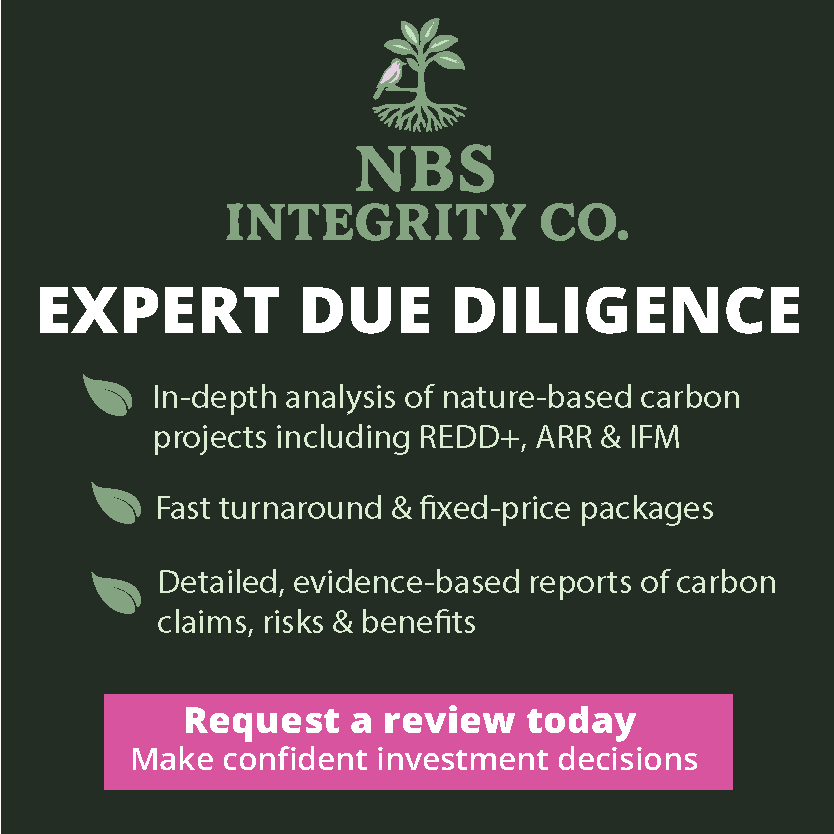By Owen Hewlett, Chief Technical Officer, Gold Standard
In December 2020, WWF published a ‘Blueprint for Corporate Action on Climate and Nature’. This sets a vision for how companies should follow the mitigation hierarchy to address the climate emergency, informed by science and the Paris policy environment.
It is welcome, clarifying guidance and provides much-needed leadership for how to prioritise and implement various levers for change companies have at their disposal, helping companies focus their efforts for greatest integrity and impact.
The work builds on the Corporate Climate Stewardship Guidelines that Gold Standard authored with WWF and CDP in 2018, which set an expectation that responsible companies should reduce emissions within their boundaries, in line with science, and finance emission reductions beyond them to take accountability for their full carbon footprints.
In addition to providing further details and scenarios to guide climate strategies, the Blueprint underscores several points that have recently been emphasized for the future of the voluntary carbon market, and it opens the door for new finance mechanisms to play a stronger role.
- Quality matters.
This should go without saying, yet opinions in the market about quality vary significantly. The increasingly common assumption that CORSIA eligibility is sufficient to ensure integrity is simply wrong.
Two key quality provisions mentioned in the Blueprint are not finding purchase among many who seek to scale the market. First: the voluntary market must feature robust safeguards and inclusive sustainable development provisions.
In addition, credits for voluntary carbon offsetting or compensation claims must not be double counted or double claimed. Thus, standards must have policies and procedures in place to guarantee that credits have achieved the promise of carbon offsetting – permanently avoiding or removing carbon emissions, and buyers must understand and take responsibility for the type of the credits they buy and the claims they can therefore make.
(Gold Standard’s commentary on scaling the voluntary carbon market without sacrificing quality can be found here.)
The Blueprint references WWF’s work with the Environmental Defense Fund and Oeko Institut to define What Makes a High Quality Carbon Credit and notes that in a next step they will assess quality and rank carbon credits against their criteria, which will be an important resource for companies to clearly identify and source high-quality credits.
- Markets should support high-hanging fruit – not just lowest cost abatement.
Carbon markets feature an inherent tension between pure efficiency – reducing emissions cheaply – and meeting the requirement of additionality, that is to fund projects that are too expensive or too challenging from a policy or technology perspective to move forward without carbon finance.
This is challenging to resolve. It doesn’t mean we should not do all we can to achieve that delicate balance. Otherwise, what’s the point? Money would go to fund market infrastructure rather than mitigating climate change.
The Blueprint encourages companies to have “a positive impact beyond climate by investing in projects that generate broader benefits for nature and society,” flagging the importance of benefits beyond climate mitigation.
This aligns with the original promise of the first carbon market, the Clean Development Mechanism, as well as in Article 6 of the Paris Agreement. It also positions markets to deliver on increasing demands for climate justice. Thus, carbon markets should target projects with high sustainable development potential and measure these development impacts consistently and credibly, to deliver real progress to the Sustainable Development Goals (SDGs) avoid SDG washing.
With this in mind, companies can take a portfolio approach to carbon offsetting to take advantage of some low-cost abatement, but also look to provide highly additional gap finance for expensive technologies and support vulnerable communities by providing access to basic services like clean energy, water, cooking solutions and more.
The Blueprint cautions that as companies design a portfolio, they should “ensure their investment is channeled towards projects that deliver long-lasting, quality results, and have no adverse impacts. For example, recent research shows CO2 emission reductions from voluntary REDD+ projects in the Brazilian Amazon have likely been overstated” – further underscoring the importance of high-quality credits.
- Voluntary private finance for climate action is expanding beyond just offsetting.
Carbon offsetting is a well-established channel to reduce emissions beyond corporate boundaries and plays an important role in the transition to global net zero emissions. However, the necessary requirements for carbon markets to deliver on their promise — avoiding double counting and claiming, demonstrating additionality, setting accurate baselines, ensuring permanence, monitoring impact to demanding appropriate levels of confidence and precision) – are complex and create natural limits of markets’ applicability.
Take the land use sector, for example. The WWF Blueprint says this about landscape finance: “Nature-based solutions implemented at scale can holistically address all the major drivers of deforestation, conversion and land degradation. If done properly, these investments can yield considerable benefits for people, nature and the climate.”
This is a resounding endorsement for financing nature. Yet it continues, “[Nature-based solutions] need to be embedded in an overall landscape, jurisdictional or national strategy, anchored in robust baseline data, and owned and supported by diverse constituencies who are confident about the benefits the solutions can achieve.”
This is virtually non-existent in today’s carbon markets. Market proponents who suggest otherwise, or remain silent on these issues, are not being forthright about the ability of carbon credits from REDD+ projects to deliver real climate mitigation.
Gold Standard anticipates that finance claims for climate impact – not carbon credits for compensation – will and should become a primary vehicle for funding nature based solutions. Even with permanence buffers that provide good mitigation against reversal risks, the reality of nature based solutions is simply that you cannot 100% guarantee the sequestration for the 100+ years needed to be fungible with the carbon emissions they are meant to offset.
This doesn’t mean that they are not very important projects that help us make a transition to net zero emissions by midcentury, the goal of the Paris Agreement. They undoubtably are. It just means that other mechanisms that don’t require 100+ year permanence may be more appropriate to finance these interventions. At Gold Standard, we don’t have the answers ready to deploy for this today. But we’re working on it, with a special focus within our Subnational Climate Finance initiative that recently earned support from the Green Climate Fund with $USD 15 million in concessional finance to scale mid-scale climate resilient and low-carbon infrastructure, regenerative agriculture and nature-based solutions.
The broader takeaway for markets is that voluntary climate finance could benefit from shifting toward finance claims more generally. This will be especially helpful to avoid the complexities of managing double claiming, and the potential for perverse incentives, which will only grow as nationally determined contributions (NDCs) evolve and expand (hopefully!) economy wide in many countries.
In closing, the evolution captured in WWF’s ‘Blueprint for Corporate Action on Climate and Nature’ is a welcome sign that society can evolve to a new paradigm where we place value on more than just efficiencies or financial returns. By internalizing the cost of carbon pollution – the core functionality of carbon offsetting – companies recognise the real impact of their operating decisions on their bottom lines. By then devising climate strategies and financing decisions to maximise beyond-carbon environmental + social benefits, companies can transform a cost into not just an incentive to reduce or simply neutralise their negative impact, but to generate real value for society as a whole.
As Chief Technical Officer at Gold Standard, Owen is responsible for the development of all innovations, standards, methodologies and tools at the voluntary project certifier. Owen led the development of the ‘Gold Standard for the Global Goals’, a first of kind impact-standard focused on the Sustainable Development Goals.




